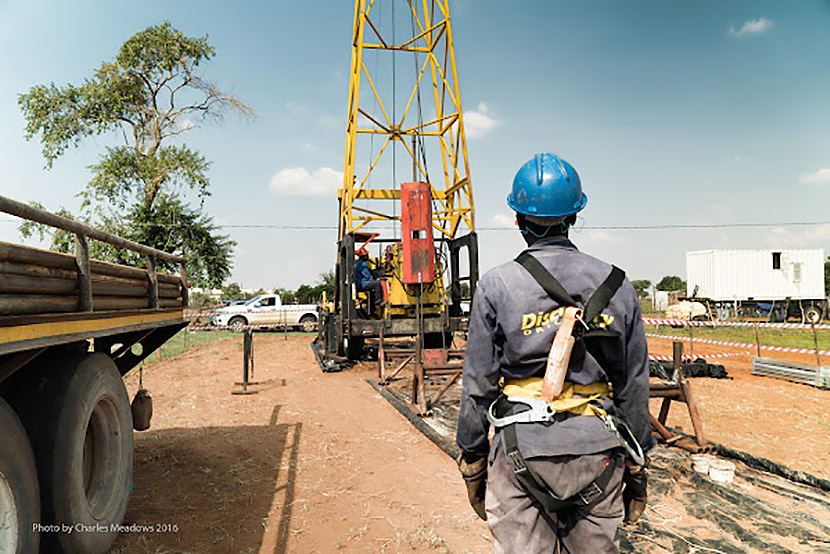
South Africa’s National Treasury will have a narrower budget deficit in 2022/23 than it earlier assumed, continuing to be trimmed over the next three years thanks to buoyant mining receipts, a Reuters poll found on Friday.
In a review of finances due to being announced next week in parliament – the Treasury found itself again in a sweet spot of bumper commodity prices, which were softening but still good enough to boost revenues amid wage negotiations.
Barclays’ economist Michael Kafe said revenues were on track to exceed budgeted estimates and part of the windfall would be allocated to the public wage bill. In the absence of the introduction of a basic income grant, the fiscal deficit should stabilize at around 5% of GDP, he said.
In a poll carried out in the past week, budget deficits were expected at 4.9% of gross domestic product for the fiscal year that began in March and in 2023/24, from an estimated 5.3% of GDP in 2021/22. In 2024/25, it should narrow to 4.35% of GDP.
In the February budget, the Treasury flagged an improved fiscal outlook for 2022, forecasting a consolidated budget deficit of 5.7% for the past year. The 2022/23 deficit was seen at 6.0% of GDP and narrowing to 4.8% of GDP in 2023/24 and to 4.2% in 2024/25.
Kafe listed the main risks to higher expenditure as the wage bill, the ruling party’s deliberations over introducing a basic income grant and power utility Eskom’s debt sustainability prospects.
Higher mining royalties have been good for South Africa, however, economists admit these are fickle as it is uncertain whether the global economy is at the tail-end of a protracted boom cycle for commodity prices.
Sello Sekele, an economist at Absa also warned strong revenue collection in the first half of 2022/23 would fade slightly in the second half of the year as growth falters and commodity prices soften.
Expectations for gross debt to GDP were also revised down, to 72.6% in 2024/25 from 77.1% predicted in a February poll.
Still, economists agreed there were a lot of general global economic risks for the Treasury to consider in the first half of the fiscal year, warranting caution with revenue and expenditure plans while considering the cost-of-living crisis for many households.
South Africa’s central bank governor, Lesetja Kganyago, told the television channel CNBC that inflation could have peaked last quarter but the Bank wanted to see inflation decline firmly within its 3% to 6% target range.
In a recent poll, South Africa’s Reserve Bank was expected to hike rates by 50 basis points to 6.75% in November, the last meeting of this year, and hike again in the first quarter by another 50 points before pausing for the rest of 2023.
(By Vuyani Ndaba; Editing by Bernadette Baum)
Comments